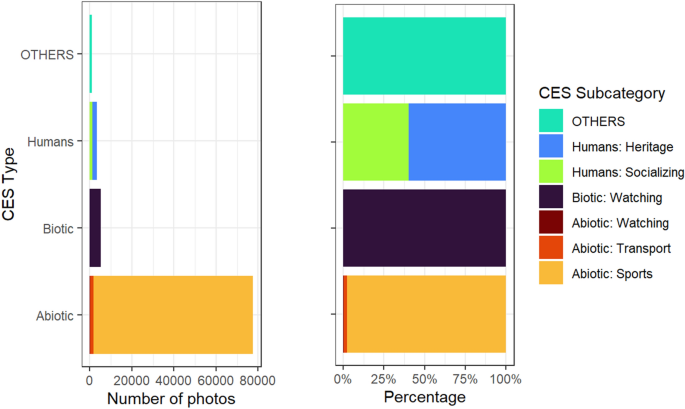2024-08-05 コロンビア大学
<関連情報>
- https://news.climate.columbia.edu/2024/08/05/planting-some-tree-species-may-worsen-not-improve-nyc-air-says-new-study/
- https://pubs.acs.org/doi/full/10.1021/acs.est.4c00495
ニューヨーク市における夏季の生物起源イソプレン排出の高解像度モデリング High-Resolution Modeling of Summertime Biogenic Isoprene Emissions in New York City
Dandan Wei,Cong Cao,Alexandra Karambelas,John Mak,Andrew Reinmann,and Róisín Commane,
Environmental Science & Technology Published:July 23, 2024
DOI:https://doi.org/10.1021/acs.est.4c00495
Abstract

As cities strive for ambitious increases in tree canopy cover and reductions in anthropogenic volatile organic compound (AVOC) emissions, accurate assessments of the impacts of biogenic VOCs (BVOCs) on air quality become more important. In this study, we aim to quantify the impact of future urban greening on ozone production. BVOC emissions in dense urban areas are often coarsely represented in regional models. We set up a high-resolution (30 m) MEGAN (The Model of Emissions of Gases and Aerosols from Nature version 3.2) to estimate summertime biogenic isoprene emissions in the New York City metro area (NYC-MEGAN). Coupling an observation-constrained box model with NYC-MEGAN isoprene emissions successfully reproduced the observed isoprene concentrations in the city core. We then estimated future isoprene emissions from likely urban greening scenarios and evaluated the potential impact on future ozone production. NYC-MEGAN predicts up to twice as much isoprene emissions in NYC as the coarse-resolution (1.33 km) Biogenic Emission Inventory System version 3.61 (BEIS) on hot summer days. We find that BVOCs drive ozone production on hot summer days, even in the city core, despite large AVOC emissions. If high isoprene emitting species (e.g., oak trees) are planted, future isoprene emissions could increase by 1.4–2.2 times in the city core, which would result in 8–19 ppbv increases in peak ozone on ozone exceedance days with current NOx concentrations. We recommend planting non- or low-isoprene emitting trees in cities with high NOx concentrations to avoid an increase in the frequency and severity of future ozone exceedance events.



